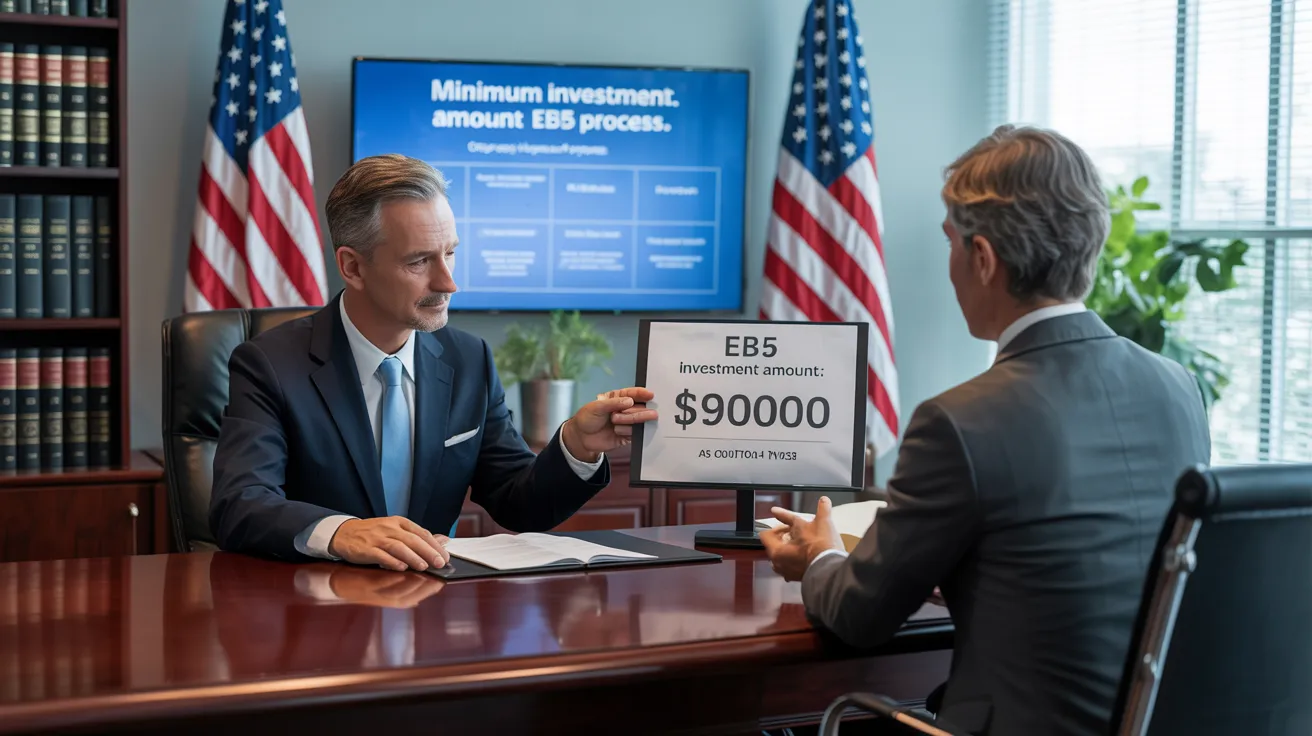L1 Visa Fundamentals Explained
Table of ContentsWhat Does L1 Visa Do?9 Easy Facts About L1 Visa DescribedL1 Visa Things To Know Before You BuyHow L1 Visa can Save You Time, Stress, and Money.The 6-Minute Rule for L1 VisaFacts About L1 Visa Uncovered
Readily Available from ProQuest Dissertations & Theses International; Social Science Costs Collection. DHS Office of the Inspector General. Gotten 2023-03-26.
U.S. Department of State. Recovered 22 August 2016. "Workers paid $1.21 an hour to install Fremont tech company's computer systems". The Mercury Information. 2014-10-22. Retrieved 2023-02-08. Costa, Daniel (November 11, 2014). "Obscure temporary visas for foreign tech employees depress incomes". Capital. Tamen, Joan Fleischer (August 10, 2013). "Visa Owners Replace Workers".
Not known Factual Statements About L1 Visa
In order to be eligible for the L-1 visa, the foreign business abroad where the Beneficiary was used and the united state business should have a qualifying relationship at the time of the transfer. The different kinds of certifying relationships are: 1. Parent-Subsidiary: The Parent indicates a company, corporation, or various other lawful entity which has subsidiaries that it has and controls."Subsidiary" indicates a company, company, or other lawful entity of which a parent possesses, directly or indirectly, even more than 50% of the entity, OR possesses less than 50% but has management control of the entity.
Firm A possesses 100% of the shares of Firm B.Company A is the Parent and Business B is a subsidiary. There is a certifying connection between the two firms and Firm B should be able to fund the Recipient.
Example 2: Business A is integrated in the united state and intends to request the Beneficiary. Business B is included in Indonesia and utilizes the Beneficiary. Company A possesses 40% of Firm B. The staying 60% is owned and controlled by Firm C, which has no relationship to Company A.Since Firm A and B do not have a parent-subsidiary connection, Company A can not fund the Beneficiary for L-1.
Instance 3: Business A is incorporated in the U.S. and wants to seek the Beneficiary. Company B is integrated in Indonesia and utilizes the Beneficiary. Business An owns 40% of Business B. The remaining 60% is possessed by Firm C, which has no relationship to Firm A. However, Firm A, by formal arrangement, controls and complete takes care of Firm B.Since Business A possesses less than 50% of Firm B however handles and manages the company, there is contact us a qualifying parent-subsidiary partnership and Business A can fund the Beneficiary for L-1.
The L1 Visa Statements
Company B is integrated in the United state
L1 Visa for Dummies

The L-1 visa is an employment-based visa classification developed by Congress in 1970, enabling multinational companies to transfer their managers, executives, or essential employees to their United state procedures. It is typically referred to as the intracompany transferee visa.

In addition, the beneficiary must have worked in a supervisory, exec, or specialized worker placement for one year within the 3 years coming before the L-1A application in the foreign business. For new workplace applications, foreign work has to have remained in a supervisory or executive capacity if the recipient is pertaining to the USA to work as a supervisor or exec.
The 3-Minute Rule for L1 Visa

If provided for an U.S. company operational for even more than one year, the preliminary L-1B visa is for approximately three years and can be extended for an additional two years (L1 Visa). Alternatively, if the united state company is recently developed or has actually been functional for less than one year, the preliminary L-1B contact us visa is released for one year, with expansions offered in two-year increments
The L-1 visa is an employment-based visa category established by Congress in 1970, enabling multinational business to transfer their managers, execs, or key workers to their United state operations. It is commonly referred to as the intracompany transferee visa.
All About L1 Visa
Additionally, the beneficiary has to have operated in a managerial, executive, or specialized worker setting for one year within the 3 years preceding the L-1A application in the foreign business. For brand-new office applications, international employment has to have remained in a supervisory or executive capability if the recipient is concerning the United States to function as a supervisor or executive.
for as much as 7 years to supervise the operations of the united state affiliate as an executive or manager. If issued for an U.S. company that has been operational for more than one year, the L-1A visa is initially given for up to three years and can be prolonged in two-year increments.
If given for an U.S. company functional for greater than one year, the initial L-1B visa is for as much as three years and can be expanded for an added two years. On the other hand, if the united state business is newly established or has been functional learn more for much less than one year, the preliminary L-1B visa is released for one year, with extensions offered in two-year increments.